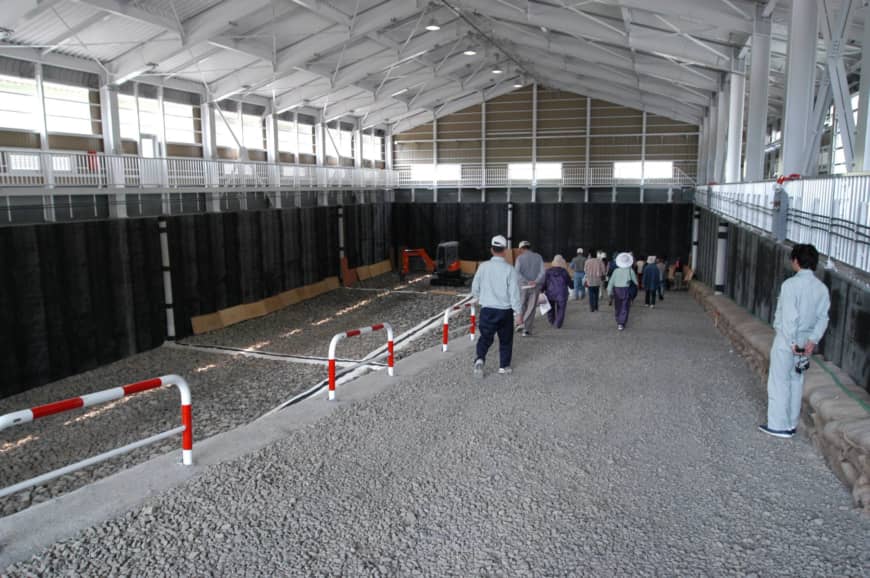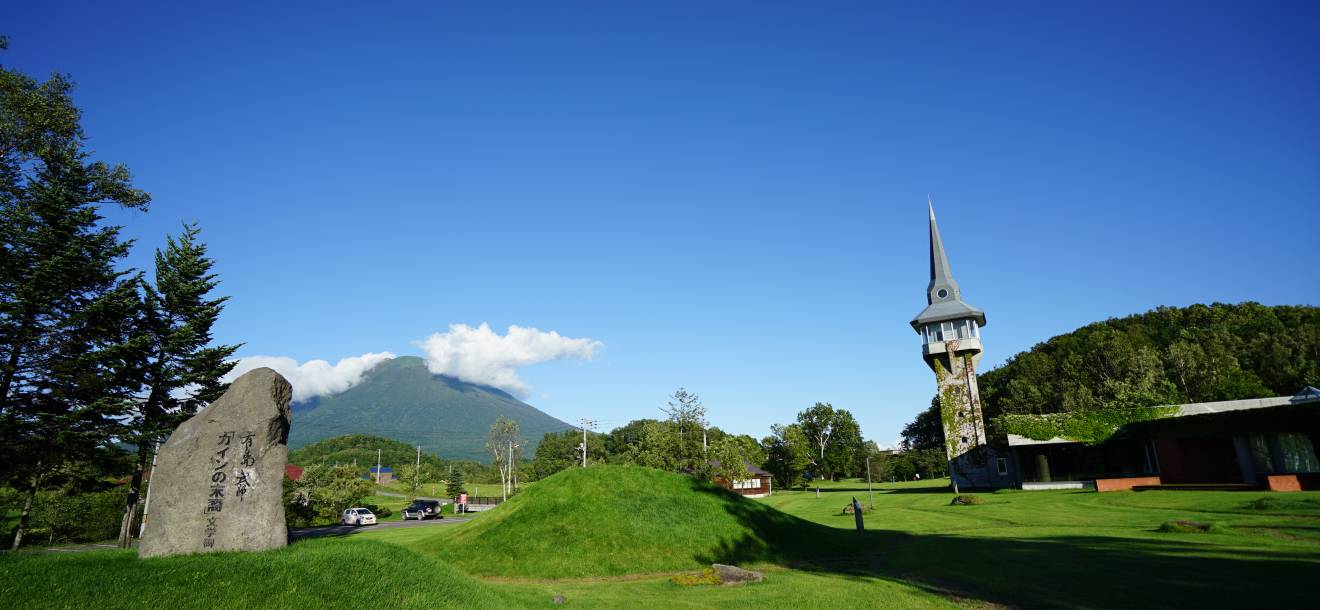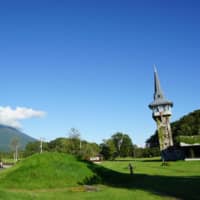The Hokkaido town of Niseko is known not only for the high-quality powder snow that draws skiers from around the world, but also for its residents who are proactive in the town’s management. The town’s total commitment to information disclosure is the basis for the residents’ autonomy and their participation in community development.
“Anyone in the town can replace me anytime because absolutely everything about the town is disclosed — from notes I take while talking on the phone, to the minutes and recordings of important committees and meetings,” said Kenya Katayama, mayor of Niseko in an online chat organized by The Japan Times Satoyama Consortium on Sept. 7.
Satoyama refers to rural mountains and forests used and maintained by area residents based on the concept of the sustainable use of existing resources.
Niseko was once no different from other municipalities that tended to avoid doing anything new. This started to change when 35-year-old mayor Seiji Osaka took office and started to push for reform in 1994.
Katayama, who has been a town official since 1978, not only experienced this change, but also played a leading role in information sharing and resident engagement in the creation of the Basic Environment Plan that was implemented in 2002.
The plan, with the preservation of water circulation and the environment at its core, covers extensive factors such as nature, construction, waste, land use, agriculture and tourism, all of which was designed by citizens and nonprofits in the town. Katayama thinks it is much more meaningful for residents to discuss and make plans for their own town than leaving it up to the local administration. He explained that new ideas came up because — unlike town officials — residents were not bound by any precedents or conventional methods. A wealth of useful information was received from diverse participants. “Town officials supported them only through providing legal perspectives and doing small tasks like taking meeting minutes,” he said.

The local assembly accepted the residents’ Basic Environment Plan without any modifications. “It gave us confidence that this plan faithfully reflects residents’ intentions,” said Katayama.
Niseko’s landfill, which has been operating since 2002, was also constructed based on residents’ opinions. “There were people who disapproved of the idea of building the facility in their neighborhood,” Katayama recalled. “But we disclosed everything, including emails and faxes with the companies involved in the construction, as well as updates on environmental assessments. We invited opponents to meetings.”
Eventually, everyone understood that the facility was necessary and that the local government was not manipulating the process. “Those who were against the idea turned into powerful supporters to create a good facility that we would all appreciate,” said Katayama.
The landfill facility they chose to build was a closed type and not the common standard at that time. It is superior to open-air landfill sites in terms of pollution prevention and the preservation of natural scenery. The downside is that raw garbage that creates gases over time due to decomposition cannot be processed.
Katayama explained that they also built a compost facility to turn all the raw garbage from the town into fertilizer. He noted that the residents have been very cooperative in separating and recycling garbage because all decisions were made by and shared among themselves throughout the construction of the facilities.
The spirit of running a town with resident participation is also reflected in the new projects that Katayama is working on.
In addition to Niseko Resort Tourist Association, established in 2003, a rare and successful example of transferring a local government’s tourism arm to a private entity, a new company named Nisekomachi was established. It aims to accelerate and enhance the involvement of the private sector, as well as residents, in the town’s management and development.
Katayama explained that the company’s biggest mission is to lead the SDGs Future City project by involving various stakeholders to incorporate every element of the U.N.’s sustainable development goals (SDGs) into the creation of a district structured on the concept of mutual assistance among its residents.
The SDGs Future City project is a government initiative to support regional revitalization through various efforts to achieve the SDGs. Niseko was chosen as one of the 29 municipalities for the project.
For the leaders of bigger cities, Niseko’s example may only seem possible because of its size, but Katayama suggests otherwise. “Even big cities can increase the autonomy of their residents like we have done in Niseko. It’s just a matter of how much they can decentralize the decision-making power to smaller districts,” he said.
This section “sustainability” features issues related to the environment and sustainable society. It highlights the ESG (environmental, social and governance) activities of companies and other organizations and also introduces municipalities and local companies promoting the beauty and excellence of the real Japan. For more information, see https://www.japantimes.co.jp/esg-consortium/ and https://www.japantimes.co.jp/consortium/satoyama/ .





















With your current subscription plan you can comment on stories. However, before writing your first comment, please create a display name in the Profile section of your subscriber account page.